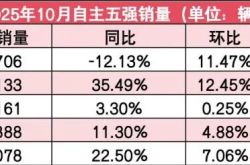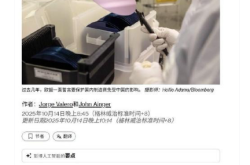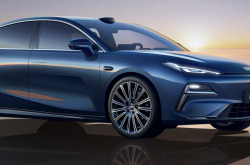Computex 2025|NVIDIA Unveils Comprehensive "Physical AI" Platform, Solidifying Core Competencies
![]() 05/27 2025
05/27 2025
![]() 662
662
Produced by ChiNeng Technology
NVIDIA is quietly redefining the trajectory of humanoid robot development.
At Computex 2025, NVIDIA introduced the Isaac GR00T N1.5 base model and the GR00T-Dreams blueprint, systematically integrating cloud, edge, and terminal "physical AI computing architecture" into a cohesive platform.
Through the tripartite strategy of the Cosmos simulation engine, the DGX training platform, and the HX deployment hardware, NVIDIA has emerged as a pivotal force guiding the industry "from training to deployment." We delve into NVIDIA's strategic layout and substantial contributions in the humanoid robot industry, spanning technical architecture, base models, and ecological strategies.
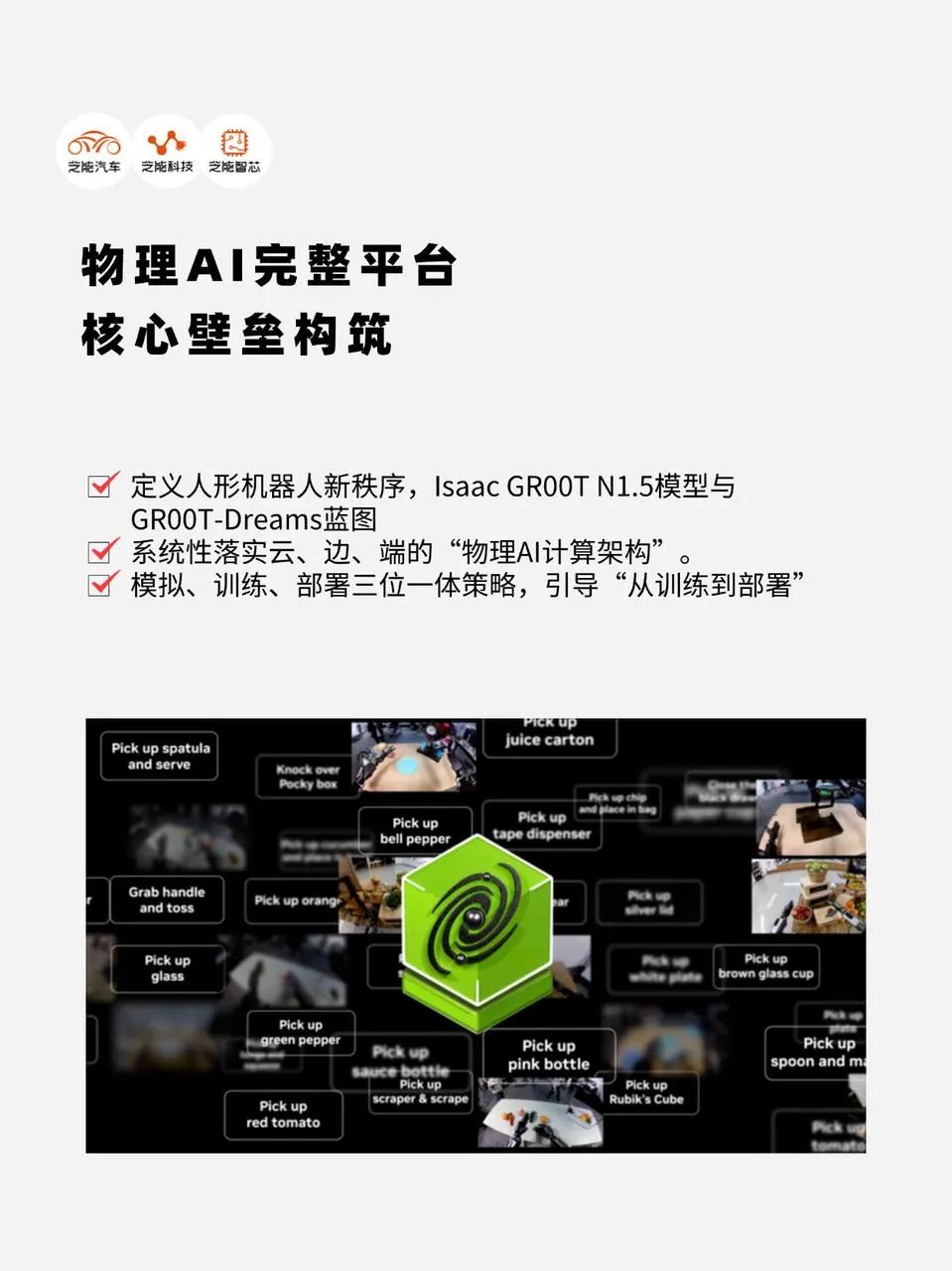
01
From "Humanoid Dreams" to Industrial Deployment:
NVIDIA's Physical AI Logic
NVIDIA is constructing a novel technology stack centered around "Physical AI," fundamentally transforming the pathway from training, inference to deployment for humanoid robots.
Jen-Hsun Huang's vision of a "next industrial revolution driven by robots" is progressively materializing through the Isaac platform.
The cornerstone of this revolution is the "closed loop of robot computing" trinity:
◎ OVX: Simulation Computing Platform - facilitating high-precision graphics simulation, physical simulation, and synthetic data generation;
◎ DGX: AI Training Supercomputer - training base models, comprehending environments, and language instructions;
◎ HX: Edge Inference Computing Platform - embedding intelligence into robot terminals, enabling on-site deployment.
The newly launched Isaac GR00T N1.5 model, for instance, no longer relies on extensive real-world data collection. Instead, leveraging the GR00T-Dreams blueprint, it generates task videos from image inputs, extracts action tokens, and trains robots to execute complex actions.
In essence, NVIDIA has integrated large video models with physical reasoning, creating a full-chain closed loop from data to models to inference.

What does this signify? It implies that even if a humanoid robot has never "truly" encountered a new environment, it can "dream" its way through learning motion flows and understanding complex instructions involving spatial and physical logic, such as "opening the fridge" or "passing water".
Crucially, this is predicated on data jointly generated by simulation and AI, transcending the physical limitations where humanoid robots previously relied on real-world trial-and-error data collection.
02
Reshaping Industry Collaboration Pathways:
Platformization and Ecologization Dual-wheel Strategy
NVIDIA has not only made strides in technical pathways but also profoundly reshaped industry collaboration.
With Isaac GR00T at its core, NVIDIA is swiftly forming a highly interconnected robot ecosystem:
◎ In the data generation and simulation phase, companies like Foxlink, Foxconn, Lightwheel, and NEURA Robotics are conducting training based on the GR00T-Mimic and GR00T-Dreams blueprints;
◎ In the model validation and deployment phase, vendors such as AeiRobot, Xiaopeng Robotics, and Boston Dynamics are applying Isaac models to scenarios like picking, handling, and manufacturing;
◎ In the hardware support phase, global OEM vendors (including Dell, Lenovo, Cisco) are rapidly introducing workstations and servers based on the Nvidia Blackwell architecture, offering an integrated computing platform from training to simulation;
◎ In the cloud expansion phase, NVIDIA collaborates with leading cloud providers via DGX Cloud to provide extensive training capabilities for GR00T models.
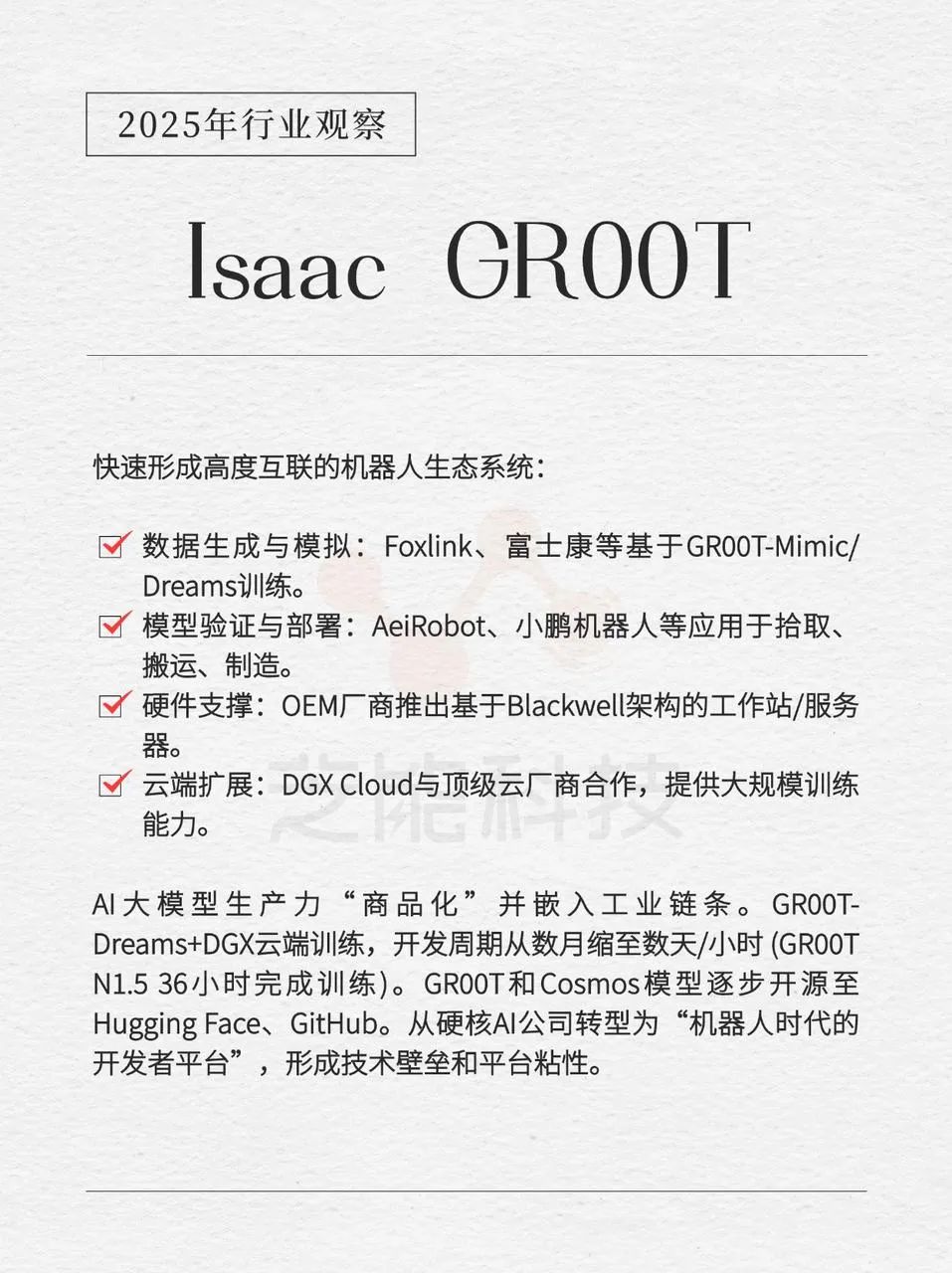
The defining characteristic of this collaboration approach is the "commercialization" of large AI model productivity and its integration into industrial chains.
For robot developers, data collection and model training once took months. Now, with GR00T-Dreams + DGX cloud training, the development cycle has been condensed to days or even hours. For instance, the GR00T N1.5 model was trained within 36 hours, a process that previously took three months.
NVIDIA is gradually open-sourcing the GR00T and Cosmos models on platforms like Hugging Face and GitHub, marking its transformation from a core AI company to a "developer platform for the robot era".
As the open AI model ecosystem prepares to enter the robot field on a large scale, NVIDIA's pioneering layout will undoubtedly forge robust technical barriers and platform loyalty in ecological positioning.
Over the past decade, humanoid robots have been synonymous with "concept-heavy but seldom implemented," with bottlenecks centered on data scarcity and high learning costs.
NVIDIA has identified the root of the problem. Instead of merely stacking hardware or training models, it chose to build an entire scalable "physical AI closed loop" encompassing data generation, simulation training, and actual deployment.
◎ Through GR00T-Mimic and GR00T-Dreams, NVIDIA utilizes "dream generators" to unlock the boundless potential of synthetic data;
◎ Through Blackwell and RTX Pro, it embeds AI inference capabilities into workstations and cloud platforms;
◎ Through Cosmos and Omniverse, it employs the virtual world as a training ground, enabling robots to grasp the "physical semantics" behind human language and actions.
Summary
Humanoid robots are poised to transcend the initial "muscle-flexing" stage and address the thresholds for large-scale scenario-based deployment. The robot industry chain is evolving from past customization and manual refinement towards platformization and modularization.
NVIDIA is constructing the infrastructure for "building robots." Much like Intel in the PC era or Android in the smartphone era, NVIDIA is aiming to become the platform cornerstone of the "robot era".



